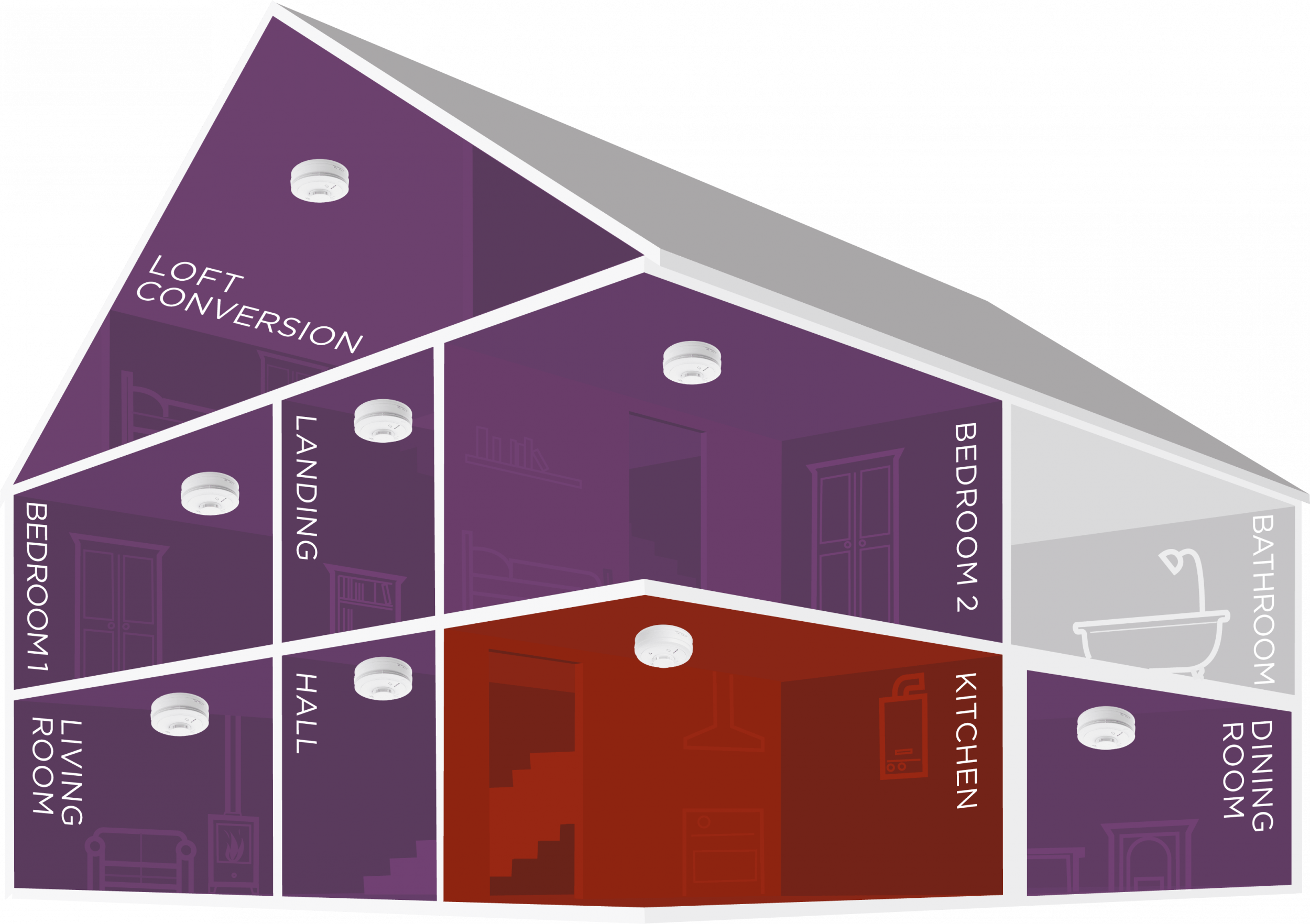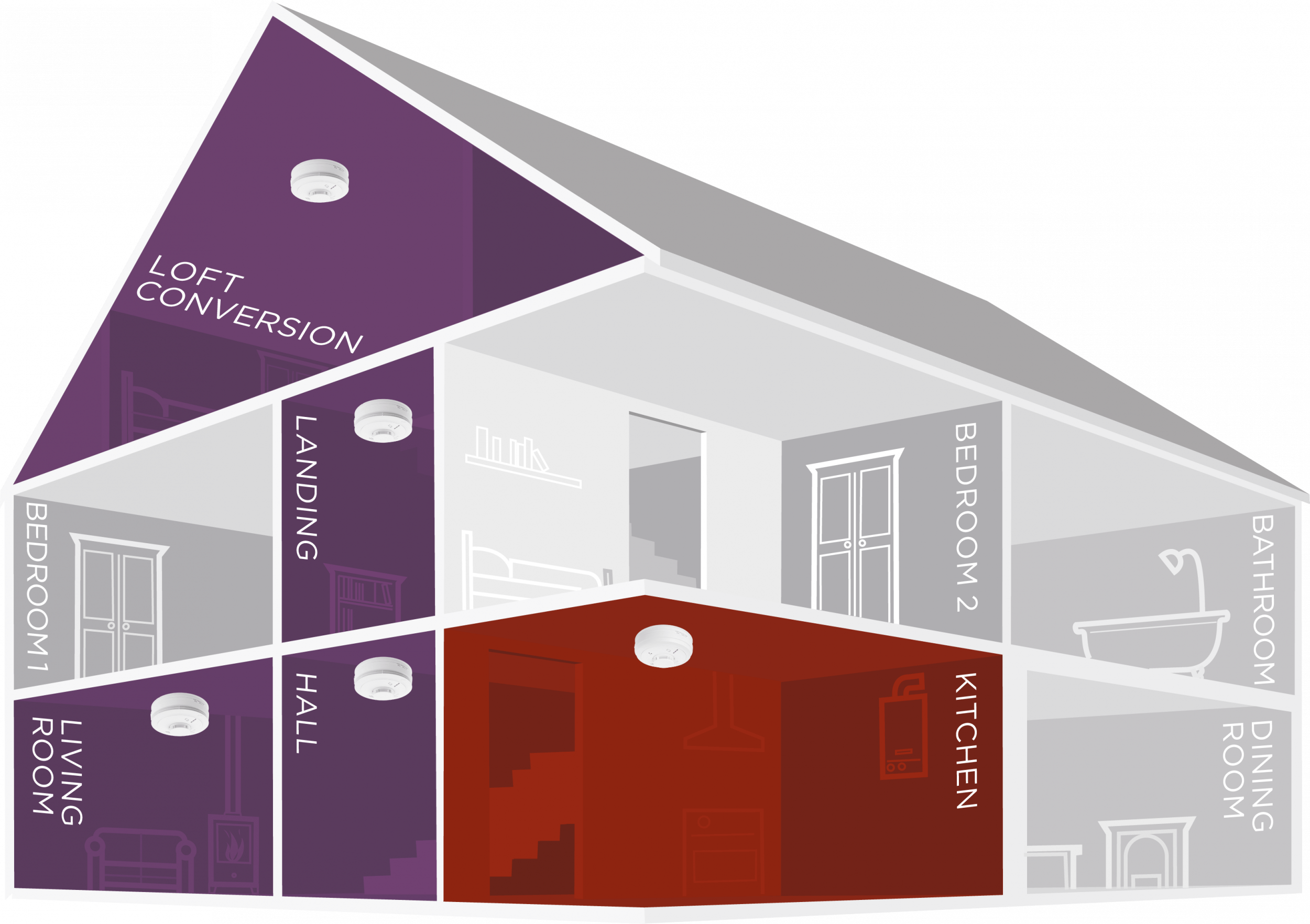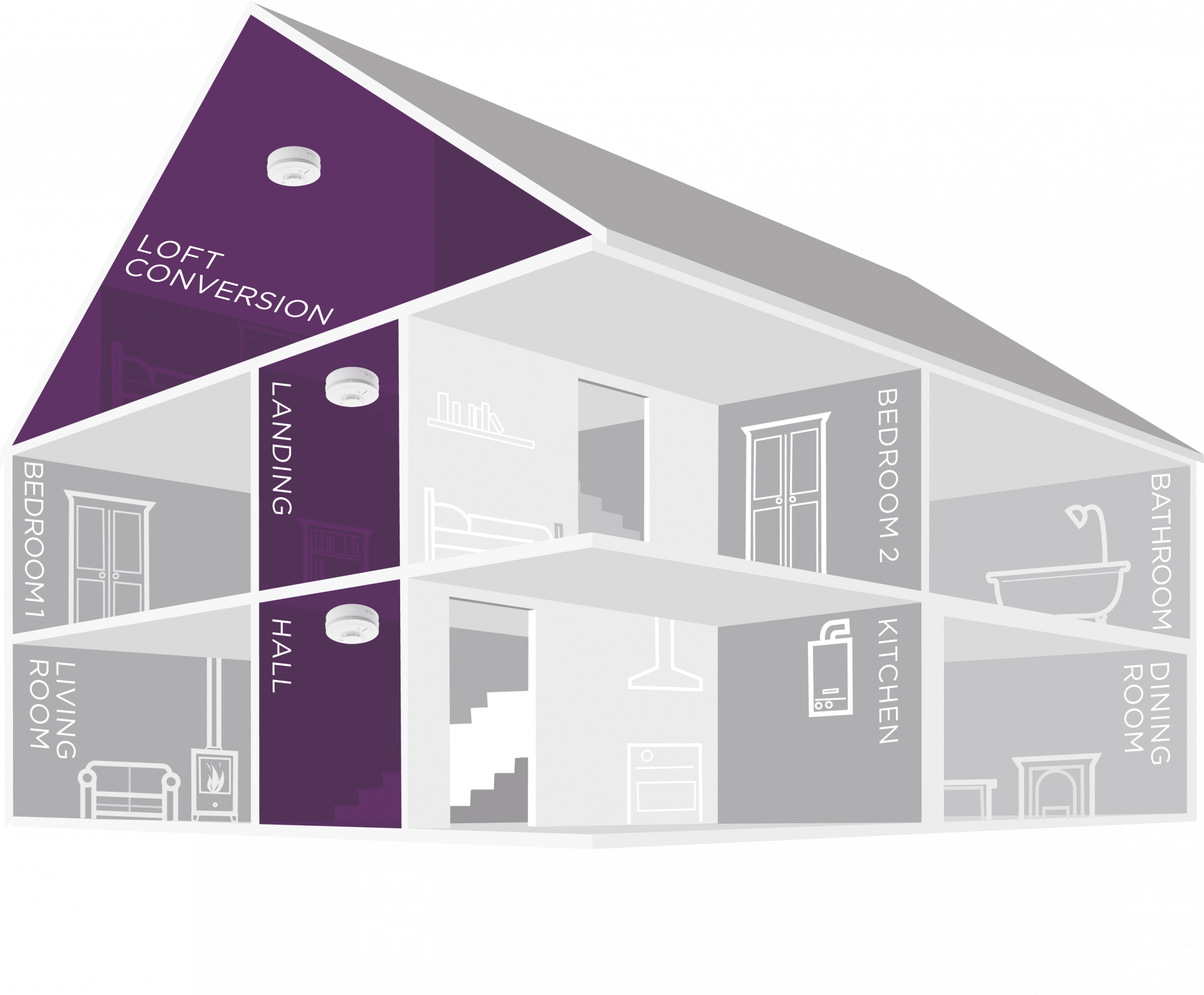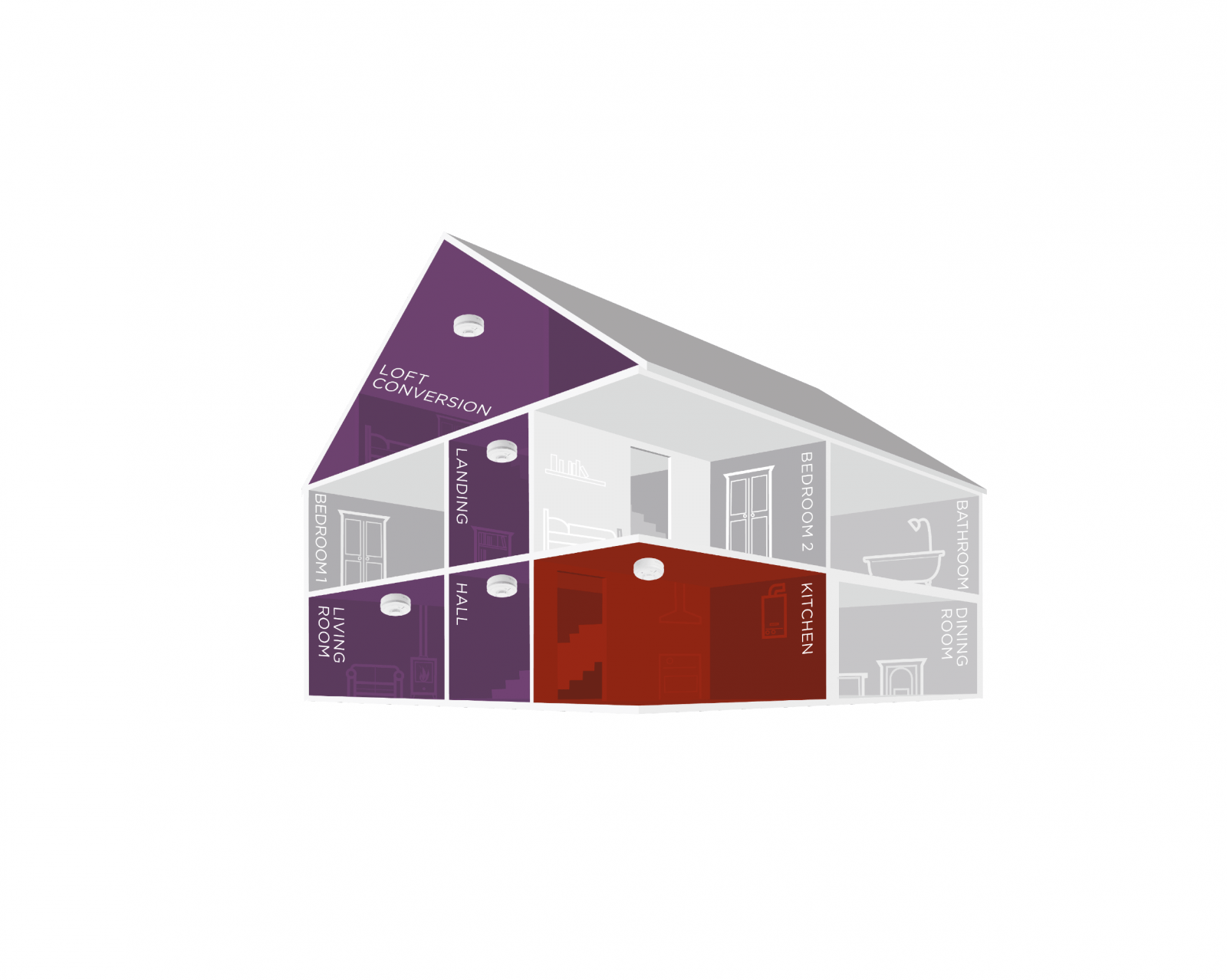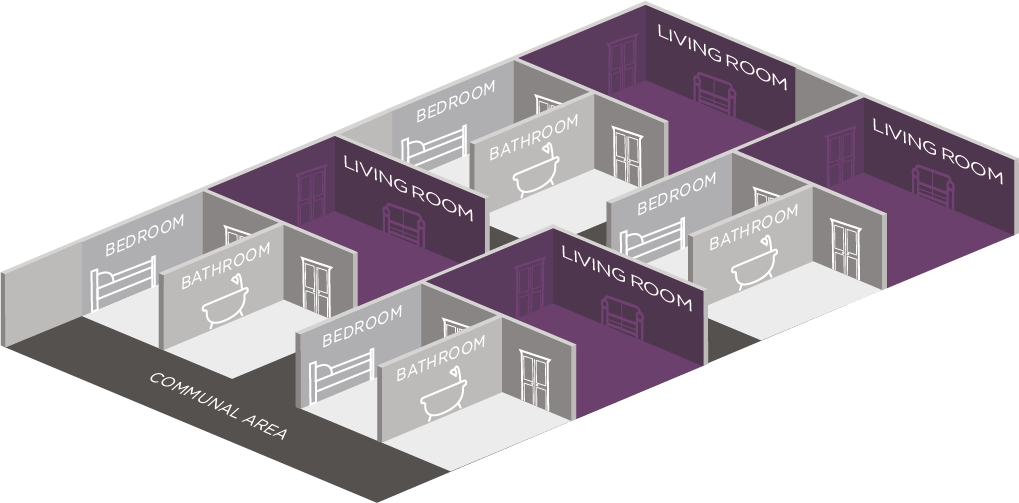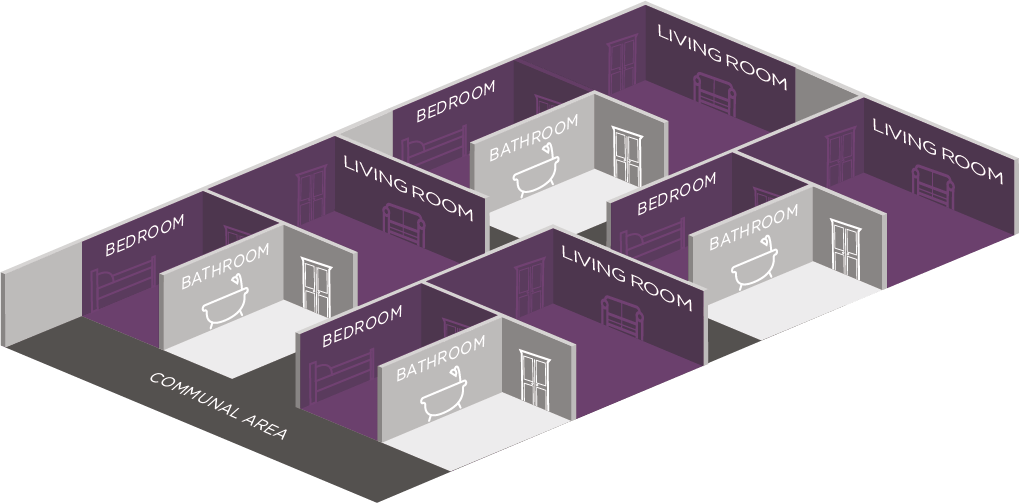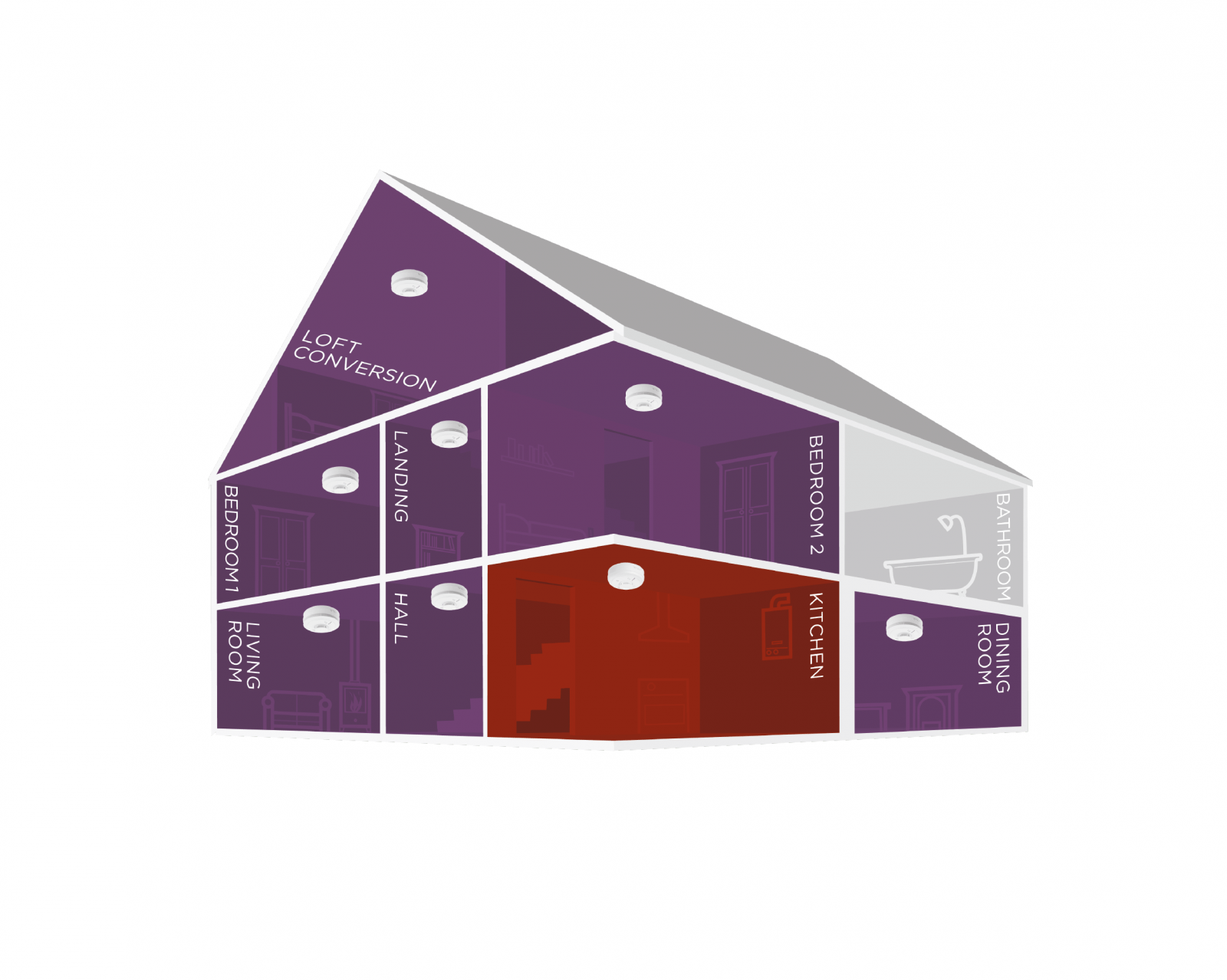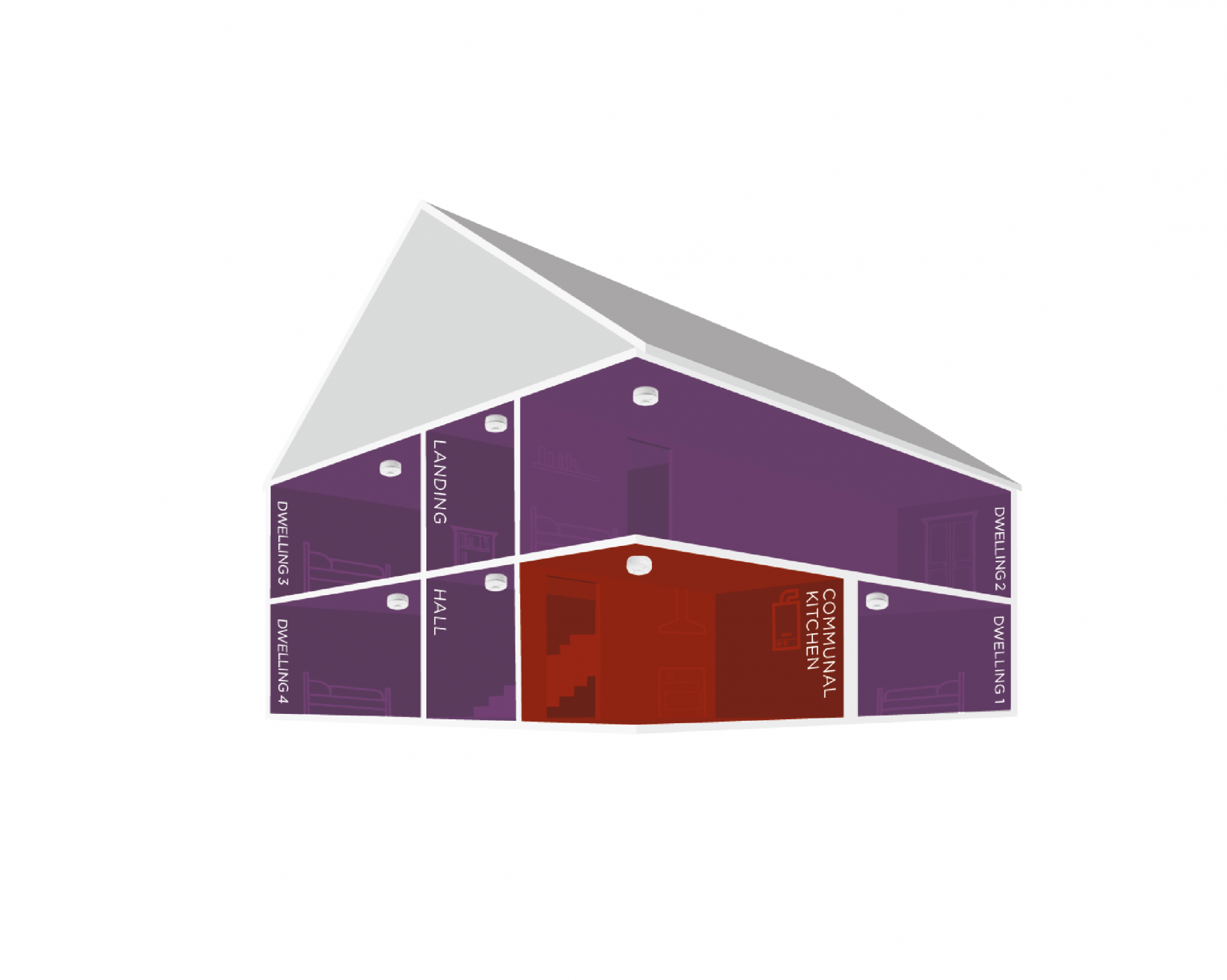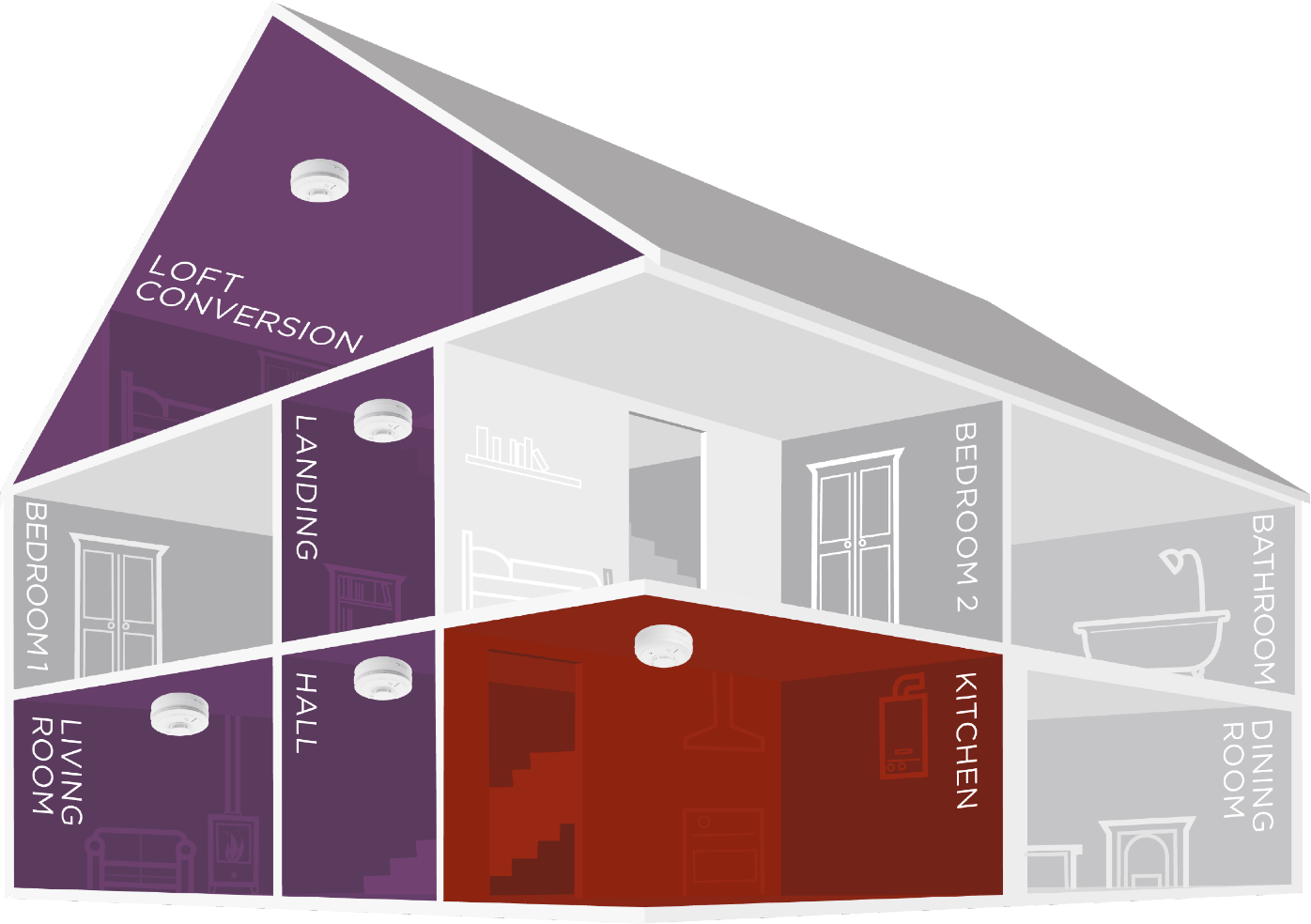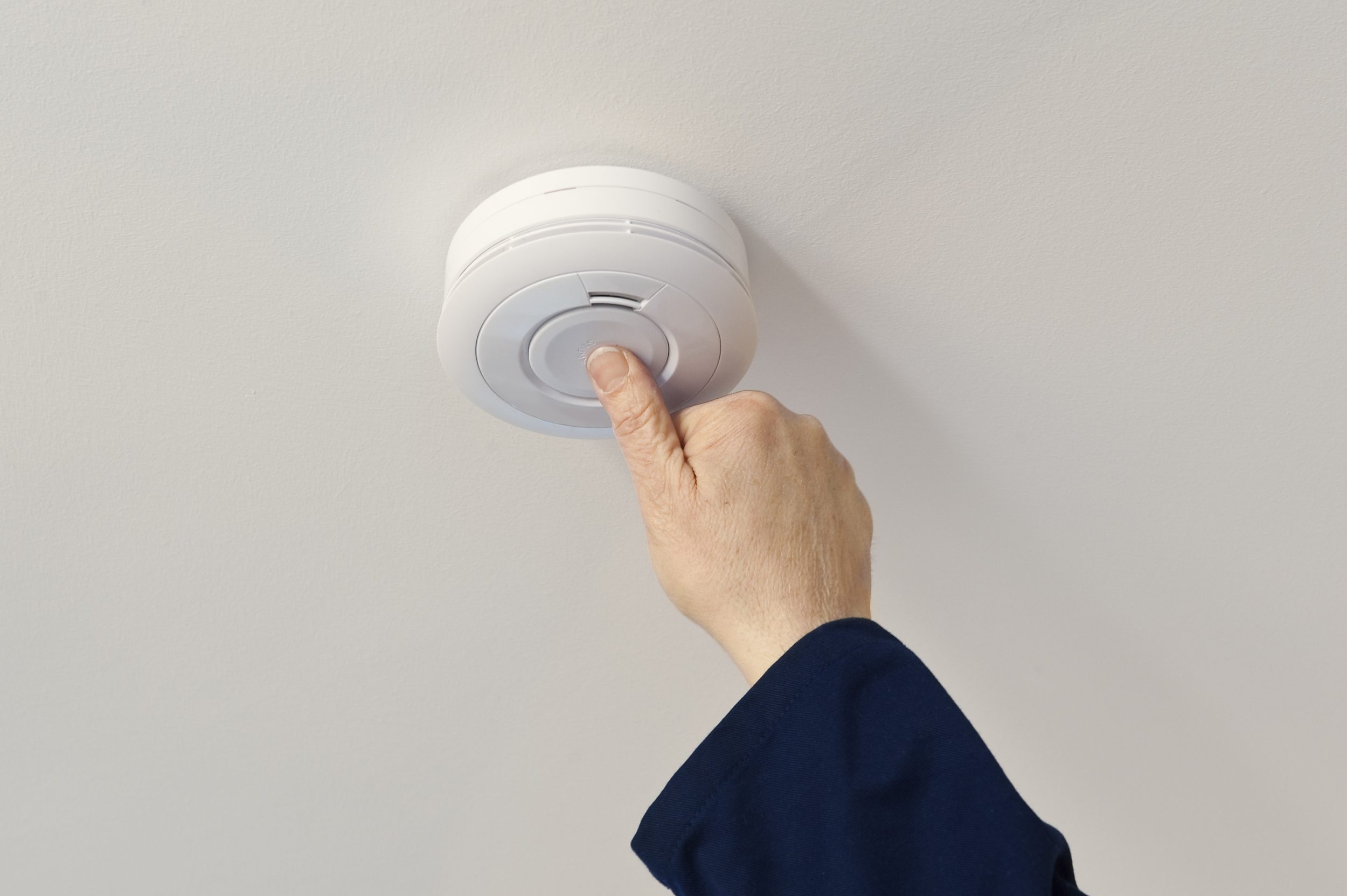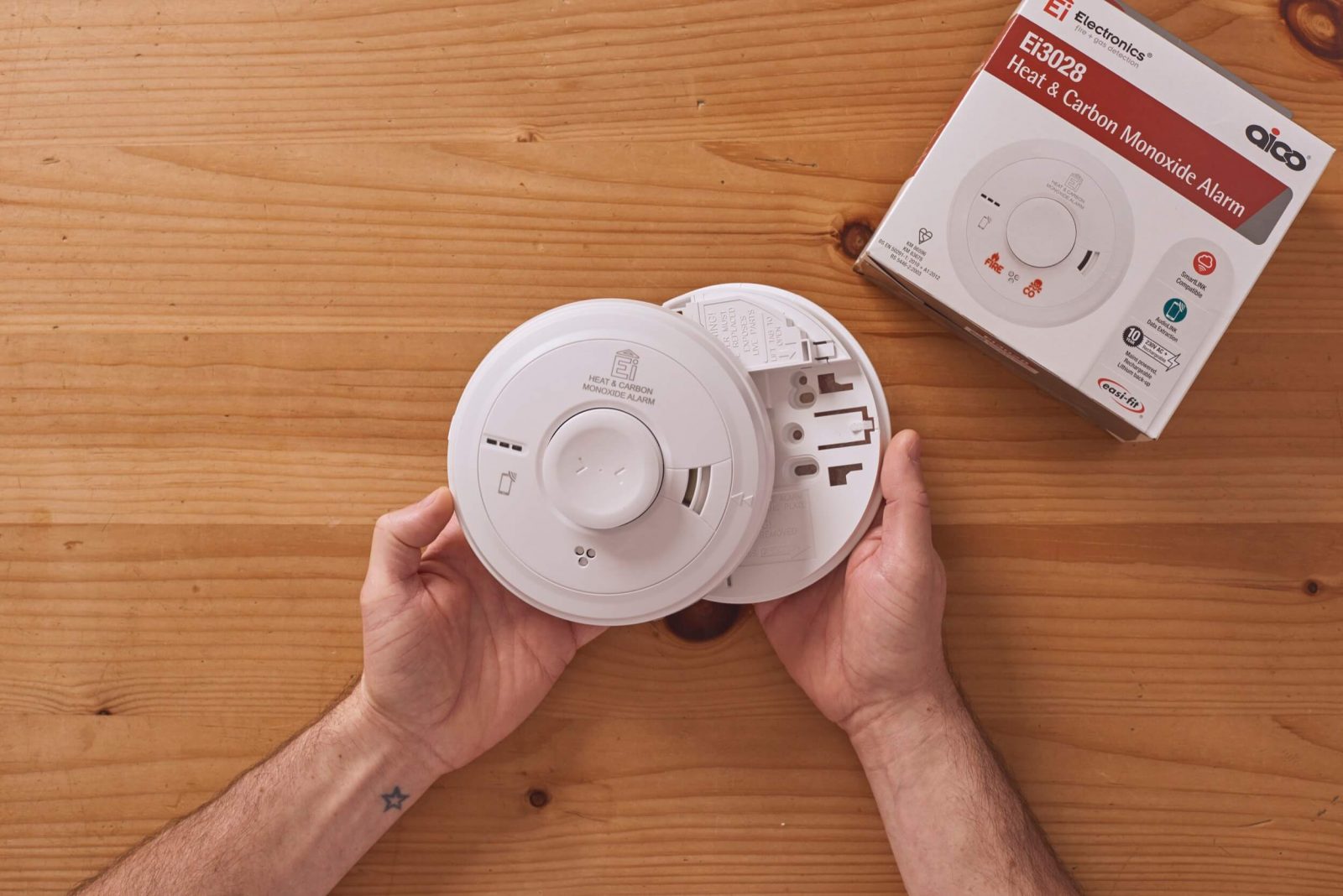
Changes to BS 5839-6:2019+A1:2020
What you need to know about the latest revisions
British Standard BS 5839-6:2019+A1:2020 covers specific recommendations for fire alarm systems in all domestic premises and covers both new-build and existing properties. The standard contains a large amount of detail on all aspects relating to the design and installation of fire alarm systems, but one area of it covers the type of alarm to install and the areas of the property to protect.
